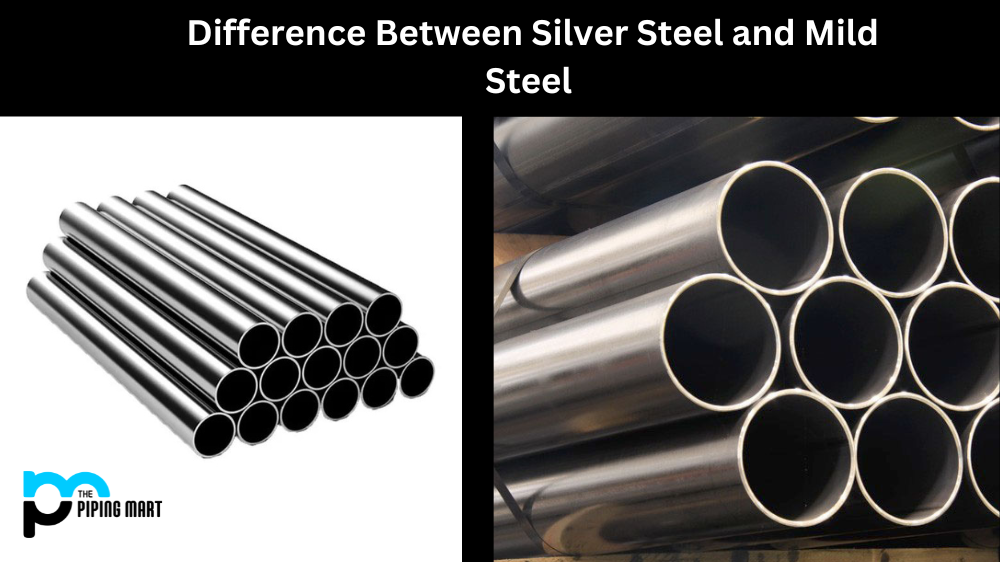Aluminium is used for various applications, from building and construction to aerospace and automotive industries. Different types of aluminium alloys with varying compositions are suited for different purposes. This blog post discusses two common alloys: aluminium 6060 and 2017T. What are their differences, and how do they compare to each other? Let’s find out.
Difference Between Aluminium 6060 and 2017T
Composition
Aluminium 6060 is an alloy mainly consisting of aluminium, magnesium, and silicon. The magnesium and silicon give it strength and corrosion resistance and improve its weldability. The composition of 6060 makes it ideal for use in architectural and decorative applications, such as shop fittings, balustrades and fencing.
On the other hand, the 2017T is an aluminium alloy that contains mainly aluminium, copper, and magnesium. It is a high-strength alloy, making it suitable for the aerospace and defence industries. It is also used in automotive engine parts because of its high-temperature performance.
Mechanical Properties
Regarding mechanical properties, aluminium 6060 has moderate strength and good formability. It can be bent, cut, and shaped easily using standard industrial methods. This makes it a popular choice for extruded profiles and other architectural applications.
2017T, on the other hand, has high strength and good fatigue resistance, making it ideal for use in aircraft structural components. It also has good corrosion resistance, which is important for aerospace and defence applications.
Weldability
Both alloys have good weldability. Aluminium 6060 can be easily welded using standard TIG and MIG welding techniques. 2017T, on the other hand, requires specialist welding equipment and techniques because of its high copper content. However, it can be welded successfully with the right equipment and expertise.
Cost
Regarding cost, aluminium 6060 is generally less expensive than 2017T. This is because it is a more common alloy and is used in a wide range of applications. 2017T, on the other hand, is a specialised alloy used in high-performance applications, which makes it more expensive.
Conclusion
In conclusion, aluminium 6060 and 2017T are different alloys with unique properties and applications. Aluminium 6060 is ideal for architectural and decorative applications, while the 2017T is ideal for high-performance applications in the aerospace and defence industries. Both alloys have good corrosion resistance, weldability and other mechanical properties but differ in cost and composition. Knowing the differences between these alloys can help you choose the ideal alloy for your specific application, whether for use in the architectural, automotive or aerospace industries.

Pipingmart is a B2B portal that specializes in metal, industrial and piping items. Additionally, we share the latest information and information about materials, products and various types of grades to assist businesses that are involved in this business.




